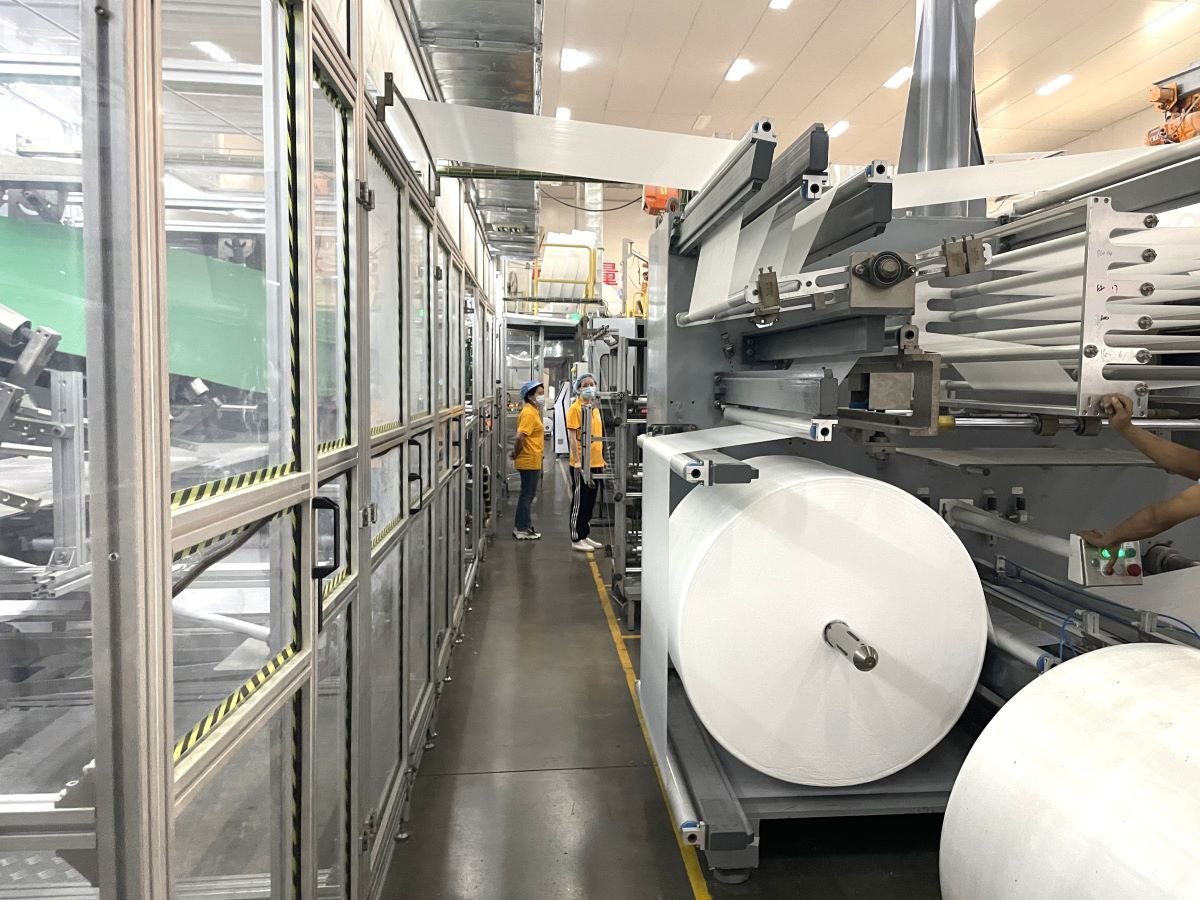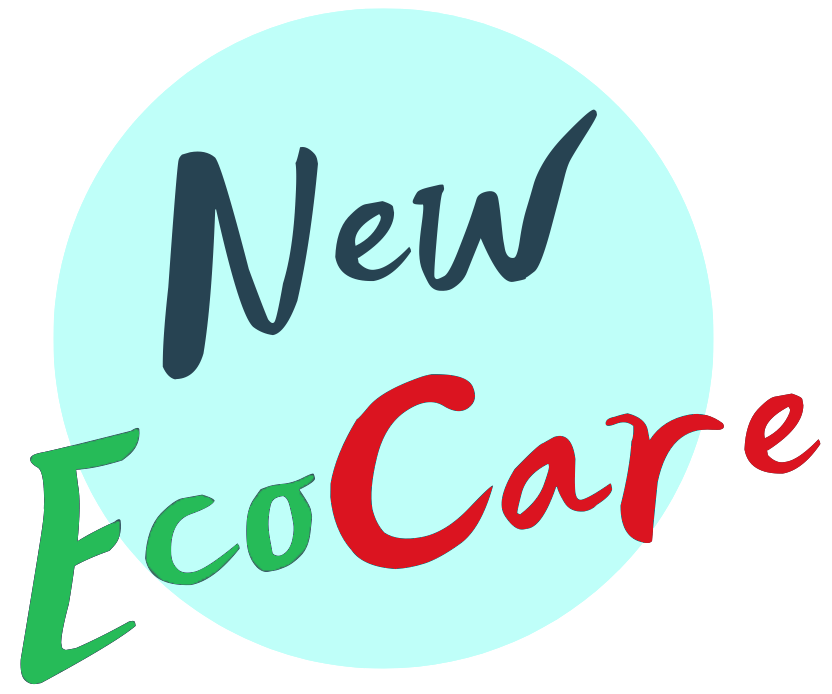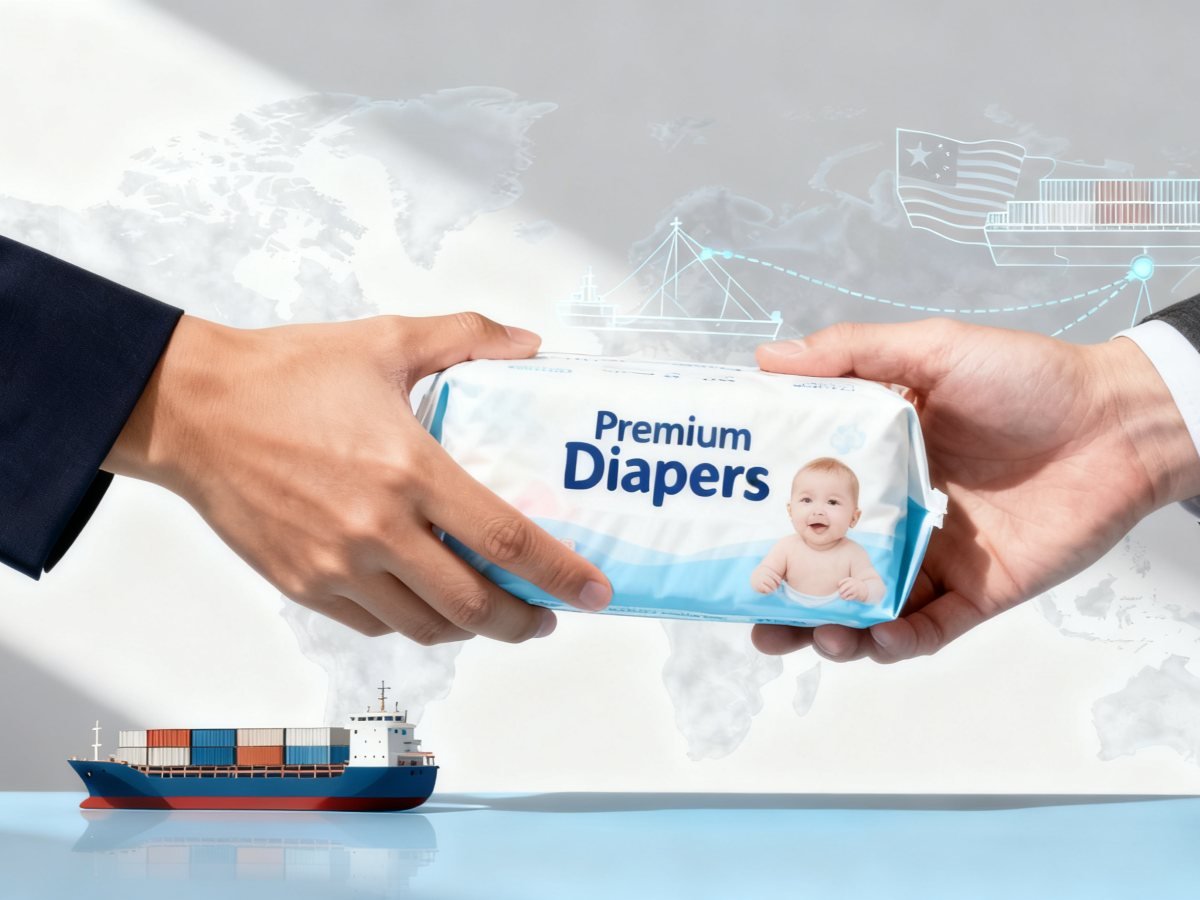مقدمة
With trade tensions between China and the United States intensifying again, global manufacturers are entering another period of uncertainty. For the disposable hygiene industry — especially baby and حفاضات للكبار producers and importers — these developments can directly influence material costs, logistics, and order stability.
في إيكو كير الجديدة, we have experienced multiple trade cycles since our establishment and understand how important adaptability is for our OEM and private label partners. Rather than viewing trade conflict as a setback, it can become a catalyst for strengthening operations, improving transparency, and building long-term resilience.
جدول المحتويات
1. Understanding the Real Risks Behind Trade Tensions
While tariff increases often dominate headlines, the true impact extends across the entire supply chain. Key risks diaper manufacturers and importers should consider include:
Raw Material Volatility – Tariffs on upstream materials such as SAP, fluff pulp, and elastic components can affect total diaper costs even if the finished product is not directly taxed.
Regulatory and Documentation Pressure – Changes in import policies may require more detailed origin certification or product testing, adding administrative cost and time.
Logistics Delays – Customs inspections and longer port clearance times can disrupt delivery schedules.
Exchange Rate Fluctuation – Currency instability can quickly alter export prices and payment expectations.
Demand Adjustments from Buyers – Importers may renegotiate prices or reduce order volume due to uncertain retail conditions.
Recognizing these factors early allows both manufacturers and brand owners to prepare practical counter-measures.
2. How Manufacturers Can Strengthen Their Operations
Flexible and Modular Production
A factory equipped for flexible product transitions — from حفاضات الأطفال إلى بنطلون السحب or adult care lines — can better adapt to shifting demand. Modular production also enables quicker changeovers and reduces dependency on one single product type.
Dual Sourcing for Key Materials
Relying on multiple suppliers for high-value materials such as nonwoven fabric, elastic film, or SAP ensures continuity even if one region faces tariff or logistics barriers. Building relationships with alternative vendors strengthens overall supply security.
Enhanced In-House Testing and Compliance
An internal quality lab helps verify product safety and certification standards before shipment. This capability gives overseas partners confidence that every batch meets both local and international compliance requirements.
Smart Inventory and Buffer Planning
Maintaining reasonable safety stock of critical components can absorb short-term disruptions without inflating carrying costs. Inventory strategy should balance flexibility and financial efficiency.
Resilient Logistics Design
Working with experienced freight partners and maintaining backup shipping routes can reduce the impact of customs delays or policy changes. In some cases, bonded warehouses can be used to store goods temporarily until tariff outcomes are clarified.
Transparent Cost Adjustment Clauses
Including clearly defined cost-adjustment mechanisms in OEM contracts protects both sides. When material or tariff costs fluctuate, open communication and pre-agreed formulas help preserve partnership trust.

3. Guidance for Importers and Private Label Brands
Diversify Sourcing Geographically
Even if your main production base remains in China, developing secondary sourcing channels in nearby regions enhances continuity. This dual-sourcing model is increasingly common among major importers.
Strengthen Supplier Collaboration
Maintaining open dialogue with your manufacturing partner enables faster decision-making when conditions change. Transparent forecasting, material planning, and shipment scheduling are essential.
Prioritize Value-Added Features
Instead of focusing solely on price, importers can emphasize features such as eco-friendly materials, skin-friendly topsheetsأو leak-proof designs. These innovations support higher retail margins and offset tariff costs.
Plan Orders with Longer Lead Times
In volatile trade environments, slightly longer lead times help stabilize production planning, reduce rush fees, and minimize shipment risk.
Enhance Pre-Shipment Inspection
Ensuring every order meets specifications before dispatch avoids costly customs issues. Many buyers now combine factory QA data with independent third-party inspection for added assurance.
4. Building a “Trade-Smart” OEM Partnership
في إيكو كير الجديدة, we view trade challenges as opportunities to deliver smarter OEM solutions. Our experience in global supply chain management and diaper manufacturing allows us to support clients in ways that go beyond basic production:
Multi-material sourcing network to reduce dependency on single suppliers.
Technical support for product structure optimization when material substitution is needed.
Dedicated logistics coordination team familiar with customs and shipping adjustments.
Sustainable and biodegradable product options that meet growing consumer and retailer demand.
Private label customization services with flexible MOQs, packaging, and branding options.
By positioning ourselves as a tariff-aware, risk-resilient OEM partner, we aim to help our clients maintain steady growth even during uncertain trade periods.
5. Recommended Action Plan
| Timeline | Key Action | Expected Result |
|---|---|---|
| Month 1–2 | Evaluate supply chain risks and key dependencies | Clear visibility of exposure |
| Month 3–4 | Establish alternative material or logistics partners | Backup channels ready |
| Month 5–6 | Update OEM contracts with transparent adjustment clauses | Mutual protection achieved |
| Month 7–8 | Implement additional product differentiation or eco-line options | Stronger market positioning |
| Month 9–12 | Review and optimize forecasting with clients | Stable production and delivery cycle |
This roadmap helps both manufacturers and importers strengthen their response before disruptions escalate.

6. Moving Forward with Confidence
Trade policies may shift, but long-term business success relies on preparedness, not prediction. For diaper manufacturers and private label partners, focusing on flexibility, quality assurance, and transparent cooperation is the most practical way to remain competitive.
في إيكو كير الجديدة, we continue to enhance our OEM and private label capabilities to support customers worldwide through every market cycle. Our goal is to be a reliable, forward-thinking partner that helps brands grow sustainably — regardless of political or economic fluctuations.


